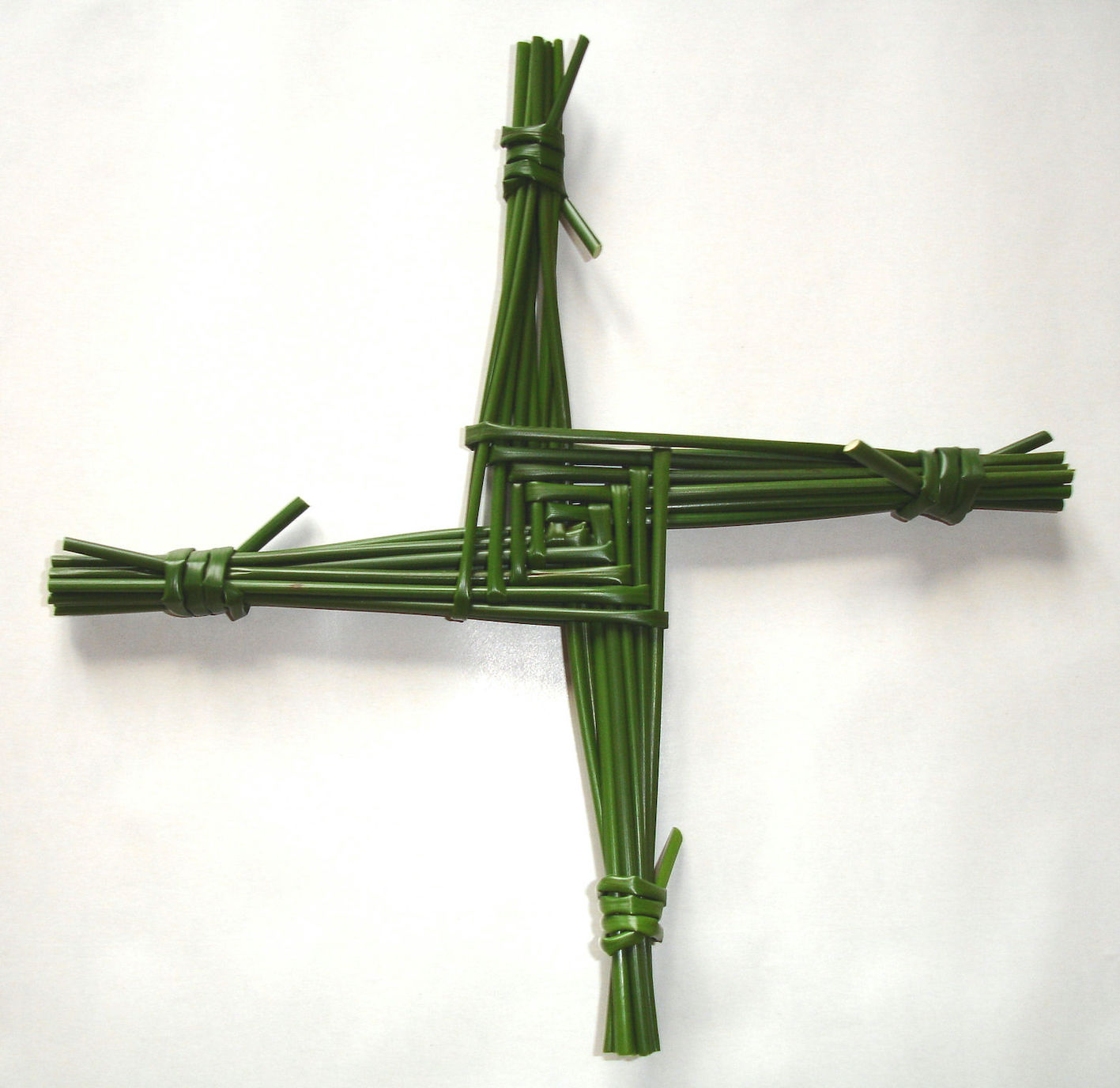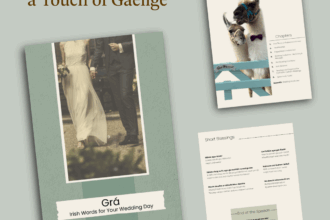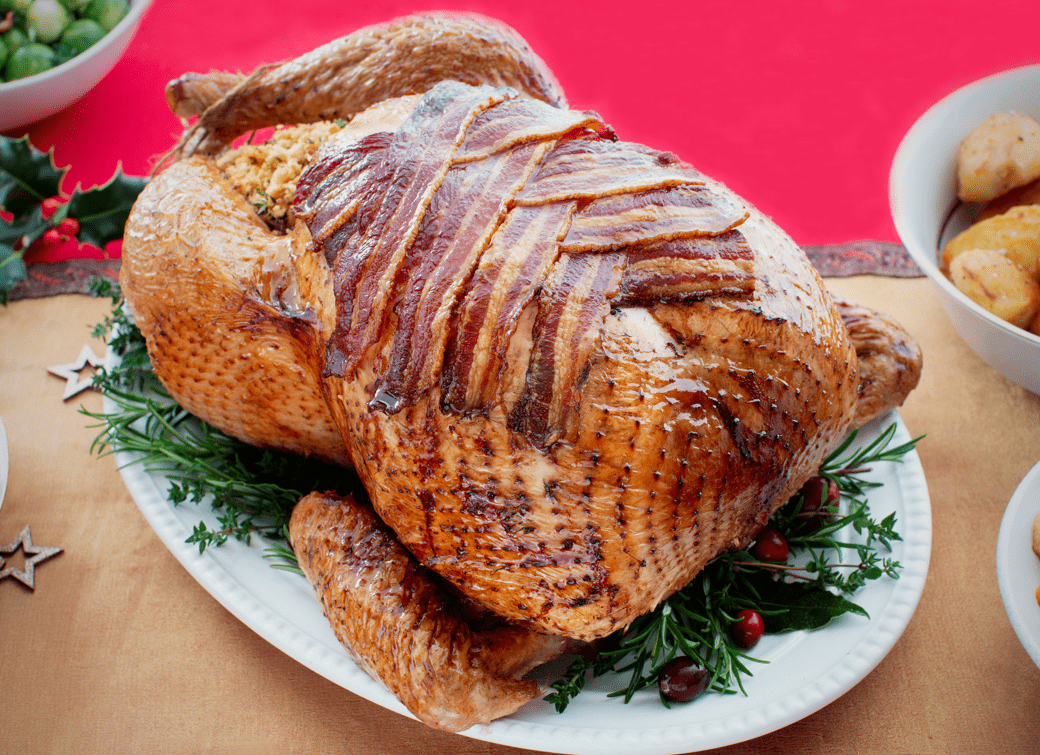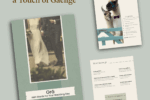At the end of this particularly cold and gloomy winter the Irish are as eager as ever to mark the earliest signs of spring on St Brigid’s Day, 1 February.
An iconic character in the culture of the nation, St Brigid was the first female and native-born patron saint of Ireland and remains a strong role model for independent women everywhere to this day.
Known by names such as Brigid of Kildare and Mary of the Gael, she is predominant among the many inspiring and powerful women who have shaped Ireland’s story.
Born around AD 450, Brigid was converted to Christianity with the help of St Patrick, and as the founder of several convents and maker of miracles her influence in Ireland over the centuries is as extraordinary as the great man himself.
Direct, confident, outgoing and ahead of her time, Brigid was also renowned as being abundantly generous to the poor, with many stories describing her as one of the most open-hearted, giving souls ever to live in Ireland.
The saint’s feast day is inextricably linked to the Celtic goddess Bríd and the ancient festival of Imbolc, the first of the four major ‘fire’ festivals from Gaelic Ireland; the three others being Beltane, Lughnasa and Samhain, or what is now known as Halloween.
Bríd was regarded as a goddess of healing, poetry, arts and crafts and the Celts originally acknowledged her influence on 1 February, a day that signalled renewal, new growth, and escape from darkness.
Over the centuries, the stories of the two women have melded to become a powerful, intricate Celtic knot of myth and miracle, legend and lore.
Cathedrals, round towers, St Brigid stones and holy wells still dot the Irish landscape in honour of St Brigid today, but she is most widely associated with a simple cross made out of rushes.
Legend has it that she soothed and converted a dying chieftain with stories about her unwavering trust in God, illustrating her belief by picking up rushes from the ground to make a cross.
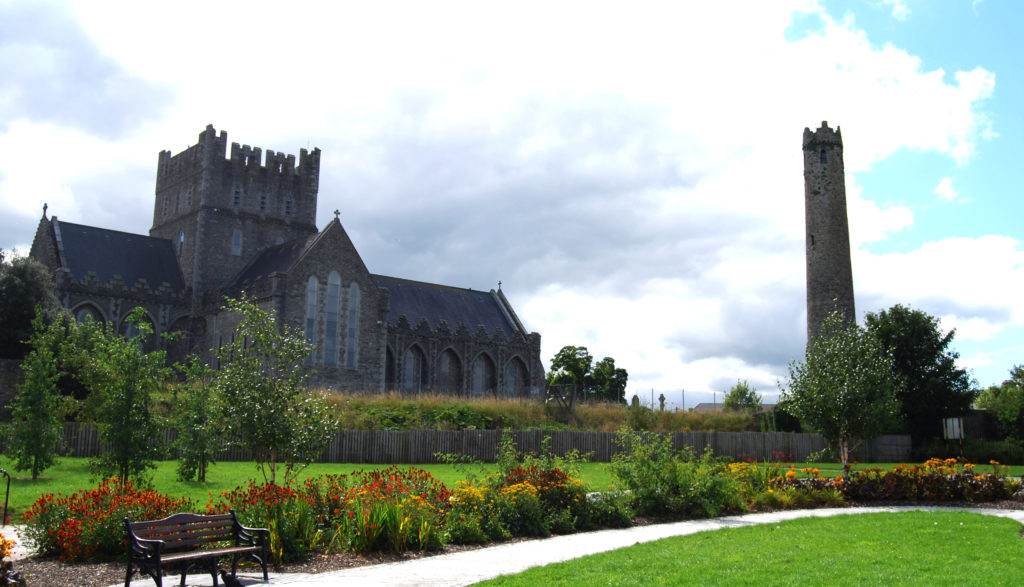
St Brigid’s Cathedral and Round Tower, County Kildare
Today, one of the most common traditions of the feast day is to fashion a Cross of St Brigid. Every year around 1 February school children all over Ireland still make the small crosses and place them somewhere in the home for blessing and protection.
With the life of Ireland’s ‘matron’ saint still holding relevance countrywide, Brigid remains an inspirational figurehead for female-focused themes, Irish female talent and an enduring influence on many iconic women from Ireland’s past and present.
As this video shows, the island of Ireland has a rich history of fearless and powerful women. Brigid’s legacy has continued down through the ages with pioneering women such as the Pirate Queen Grace O’Malley; the record-breaking adventurer, Lady Mary Heath; the ground-breaking scientist, Jocelyn Bell Burnell; and leading inclusivity activist Sinéad Burke.
Also look out for ‘Ceol ó Kylemore: A Celebration of the Women of Irish Music’. Set against the backdrop of the magnificent Kylemore Abbey in rugged Connemara, it will provide a perfect Irish musical celebration to a St Brigid’s Day that will be welcomed more than any other.
The hour-long special TV programme was recorded at the end of 2020 and features some of Ireland’s best-known women traditional musicians and singers, including the first lady of Celtic music, Moya Brennan of Clannad fame.
The show will air on Irish TV channel TG4 on the eve of St Brigid’s Day, 31 January.
www.ireland.comSt Brigid’s Well, County Clare

